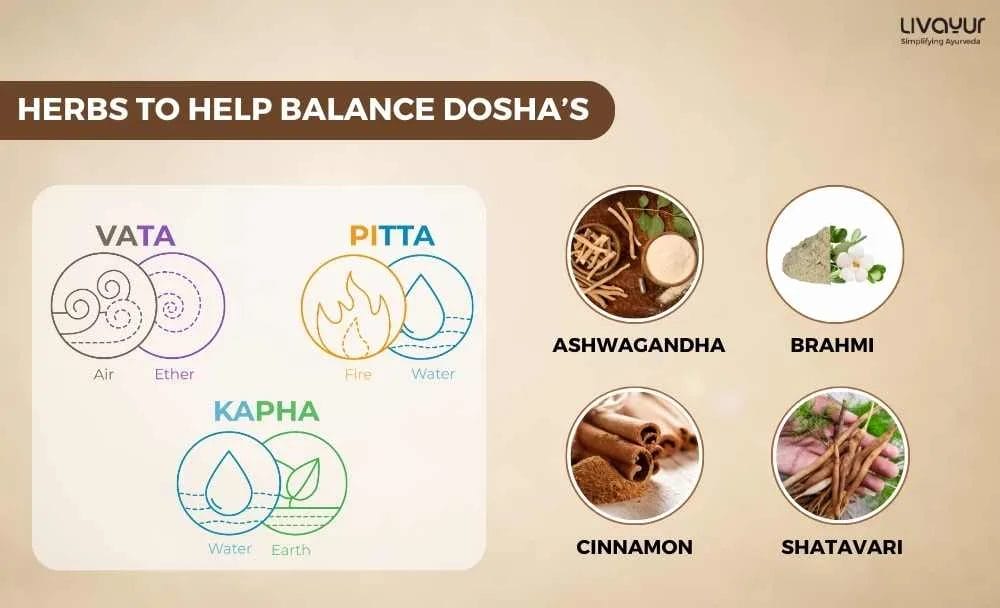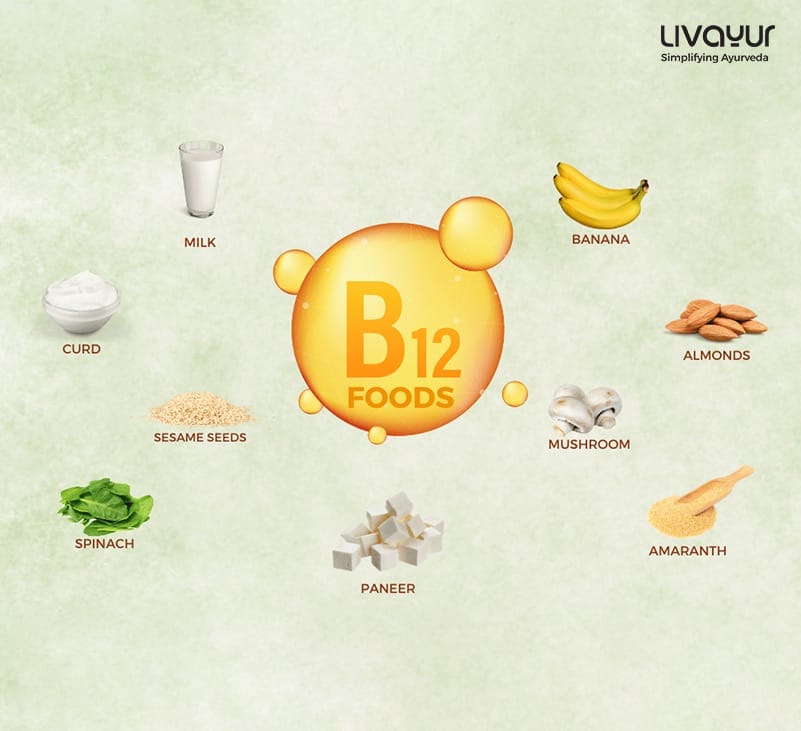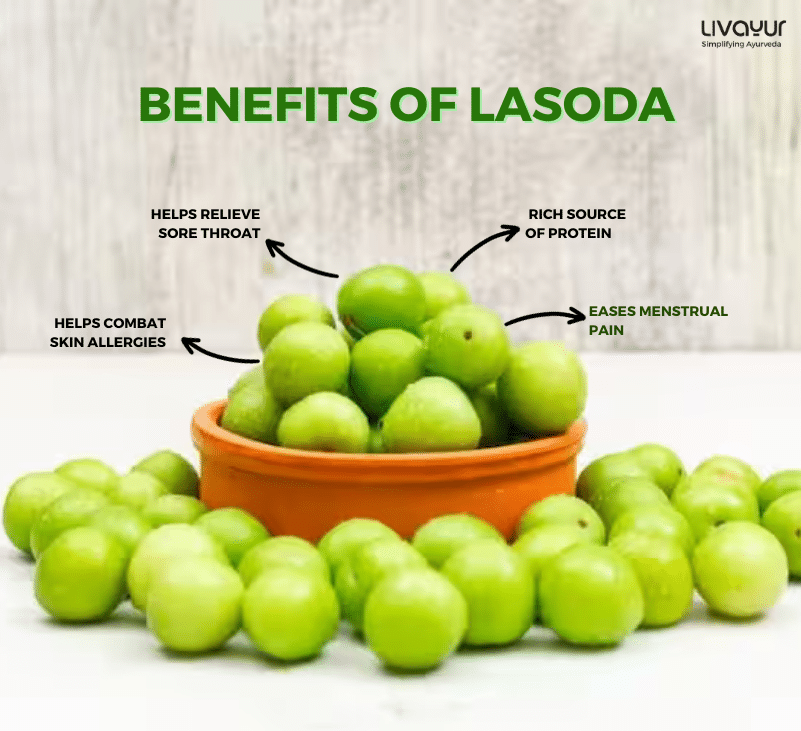
Doshas may be described as types of internal energy that power every bodily function. These doshas are present in all of us and throughout nature; they include Vata, Pitta, and Kapha Dosha. Every individual has a unique balance of all three Dosha, with the dominant Dosha defining their Dosha type or Prakriti. This personal and innate balance of Dosha determines various aspects of your physical anatomy, personality, and health, while also predetermining certain health vulnerabilities. By maintaining your natural balance of Dosha you can attain your best possible health and lower the risk of disease. Balancing your Dosha is pretty simple, but you will first need to determine your Dosha type.
The Three Doshas in Ayurveda
As per Ayurveda, the whole universe is made of Panchmahabhoota; the five principal elements – Akash (space), Vayu (air), Agni (fire), Jal (water), and Prithvi (earth) are considered the basis of the universe. These five elements are also the governing elements of our five senses.
| Mahabhoota | Properties | Sensory Organs |
| Akash | Empty area of cosmos,frictionless, sound | Ear |
| Vayu | Light, subtle, touch | Skin |
| Agni | Energy, transformation,aging, warmth, vision | Eyes |
| Jal | Fluidity, motion, taste | Tongue |
| Prithvi | Solid, groundingForces, smell | Nose |
Doshas are made up of these same elements (mahabhootas) that form our body, i.e. Akash, Vayu, Agni, Jala, and Prithvi. The three Doshas are considered the three pillars of the body. Their balance is the key to a healthy body.
Here is an overview of Tri-doshas, as per Ayurveda: [1]
1. Vata Dosha
Vata is made up of air and space elements. It uniformly distributes heat and coldness throughout the body and balances all physiological activities. Vata controls all functions of pitta, kapha, body tissues, and the excretion of waste. Vata supervises functions of the mind and perception through the senses. It is predominantly located in the lower portion of the body, below the navel region. Further, the Vata doshas has five sub-doshas which include-
a) Prana Vata is found in the head, and it controls the senses.
b) Vyana Vata controls all the controlled bodily actions and is found in the heart. c) Udana Vata is found in the chest area, and it controls the voice and intellectual abilities.
d) Samana Vata is present in the stomach and controls the digestive processes. e) Apana Vata controls all the discharges through the urinary tract and is found in the anal region.
2. Pitta Dosha
Pitta represents the fire and water forces. Digestion of food, formation of nutritive juices, segregation of nutrients and wastes, and absorption and distribution of nutrients are caused by Pitta. Pitta is responsible for the heat of the body, and the maintenance of heat is a sign of life. All metabolic activities are under the control of pitta. It is located in the middle portion of the body, between the heart and the navel. This is the hot zone of the body where the digestive fire is located. The dosha is further divided into five subcategories-
a) Ranjak Pitta produces raqta or blood and is found in the stomach.
b) Bhrajak Pitta controls skin pigmentation and is found in the skin.
c) Aalochak Pitta is found in the eyes and controls the sight.
d) Sadhak Pitta is present in the heart, and it governs the psychological capabilities of the body.
e) Pachak Pitta controls the digestive functioning of the body and is found in the duodenum part of the small intestines.
3. Kapha Dosha
Earth and the element of water make up Kapha. It functions as a buffer system and coolant. It balances out the extremes of heat brought on by Pitta and dryness brought on by Vata Dosha. In addition to fostering tissues, kapha is the root cause of immunity in the body. It is found in the head and chest, which are the upper parts of the body.
a) Kledak Kapha is found in the stomach and works to digest food.
b) Shleshak Kapha is present in all joints of the body and controls the lubrication of joints.
c) Tarpak kapha is found in the head and controls intelligence.
d) Bodhak Kapha is found in the sensory organ of taste and governs the same.
e) Avalambak Kapha is present in the chest and it lubricates the heart and throat.
What causes the imbalance of doshas? [2]
The imbalance of Doshas is called Vikruti. Any imbalance between the three Doshas causes a state of illness or disease. In Ayurveda, it is believed that a perfect balance between the natural elements and the Tridoshas of the human body should be maintained for a healthy state of living by following the principles of divine wisdom.
- Tri Malas are the three types of waste products formed in the body due to metabolic and digestive functions of the body. They comprise the Mutra (urine), Purisa (faeces), and Sveda (sweat).
- Ayurveda says that if the balance between Tridosha is not maintained, the waste products of the body are not effectively eliminated and these lead to further complications like diarrhoea, constipation, asthma, rheumatoid arthritis, and other complications.
- If the Mutra Mala (urine) is not removed from the body, it can lead to urinary tract infections, cystitis and gastric pain.
- If the Sveda Mala is not cleared from the body, it can lead to skin irritation problems and improper fluid balance.
- As per the principles of Ayurveda, the biological fire of the body for all metabolic functions is called as “Agni”. There are thirteen categories of Agni in the human body and the most important is the one responsible for digestive fire, called as Jatharagni. Jatharagni has a close relation with Pitta and ultimately the Vata of the body. If the digestive fire of the body is increased in the body by an increase in acidity conditions, the elevation in Pitta levels and its relative symptoms are observed. Any disturbances in its balance create discomfort in the gastrointestinal tract and result in pathological complications like ulcers, diarrhea, and constipation.
Symptoms of Tri-Dosha imbalance [3]
1. Symptoms of vitiated Vata Dosha
Those with more imbalanced or vitiated Vata have more anxiety and rumination, as well as less mindfulness and a poorer overall quality of life. Individuals with more dominant Vata dosha are understood to be inherently more vulnerable to anxiety, panic attacks, and insomnia. They are often more prone to have stomach-related upsets. Here are a few symptoms of Vata Dosha imbalance:
- Gastrointestinal disorders like constipation, gas, abdominal distension, etc.
- Rough and dry skin
- Body ache, weakness, fatigue, and low vitality
- Interrupted sleep or insomnia
- Tremors and dizziness
- Difficulty tolerating cold
- Anxiety and panic
- Nervousness, agitation, impatience, and fearfulness
- Feeling unsettled and ungrounded
- Excessive movement, thinking, and speaking
2. Symptoms of vitiated Pitta Dosha
Pitta-dominant individuals tend to experience more ulcers, bleeding disorders, and skin diseases. People with vitiated Pitta were always found to be more anxious and stressed. Here are a few symptoms of Pitta Dosha imbalance:
- Increased hunger and thirst
- Premature greying of hair
- Hormonal imbalance
- Migraines and insomnia
- Craving for things that have a cooling effect on the body
- Sore throat
- Heavy or painful bleeding during menstruation
- Excessive heat that causes discomfort
- Tenderness in the breasts or testicles
- Heartburn and acid reflux
- Feeling angry, impatient, frustrated and unstable
- Becoming judgemental and having perfectionist tendencies
3. Symptoms of vitiated Kapha Dosha
Kapha-dominant individuals have more inflammatory markers, CAD risk factors (hypertension, diabetes, dyslipidemia), and insulin resistance compared to the others. People who are kapha dominant have higher levels of metabolic syndrome, cardiovascular disease, and chronic inflammatory markers. Higher blood lipids (such as high LDL, triglycerides, and LDL/HDL ratio), uric acid—a marker of cardiovascular death—and atherosclerotic risk factors—such as high LDL and downregulated genes in fibrinolysis pathways—are associated with Kapha Dosha. Here are a few symptoms of Kapha Dosha imbalance:
- Constipation, lack of appetite
- Hypersomnia
- Heaviness
- Lethargy
- Fatigue
- Nausea
How to Balance Your Doshas?
How to Balance Vata Dosha Naturally
Vata Dosha is comprised of the elements of space and air, giving it the qualities of dryness, mobility, coldness, and lightness. Accordingly, any individual with a Vata-dominant Prakriti needs to follow certain precautions:
- Foods to Balance Doshas: Try to eat foods with a heating effect, served either hot or warm. Cold and cool foods or beverages should be avoided, as they can aggravate your dominant Dosha. Oily foods and those with high moisture content can also help to fight Vata’s drying effects. Additionally, certain tastes like sweet and sour will help to pacify your dominant Dosha.
- Yoga to Balance Doshas: For a Vata-dominant individual, slow and gentle forms of yoga that emphasize balance are most suitable, involving fluid and stabilizing movements. Good Asana choices include Surya Namaskar, Tadasana, and Utkatasana, among others.
- Herbs to Balance Doshas: Herbs can be combined with foods and also used as supplements to help balance Dosha and pacify your dominant Dosha. Good choices include Ashwagandha, Brahmi, Cinnamon, and Shatavari, to name a few.
How to Balance Pitta Dosha Naturally
Pitta Dosha is comprised of the elements of fire and water, giving it the qualities of heat, fluidity, lightness, and intensity. Accordingly, any individual with a Pitta dominant prakriti needs to follow certain precautions:
- Foods to Balance Doshas: Try to eat foods with a cooling and drying effect, served at room temperature or cool. Spicy, heaty, and hot foods are best avoided as they can aggravate your dominant Dosha. Drying or astringent foods can also help to fight Pitta’s fluidity effects. Additionally, certain tastes like sweet and bitter will help to pacify your dominant Dosha.
- Yoga to Balance Doshas: For a Pitta-dominant individual, gentle forms of Yoga that emphasize holding asanas for longer periods, including breathing and relaxation activities will help. In addition to Surya Namaskar, asanas like Viparita Karani, Padottanasana, and Balasana are recommended.
- Herbs to Balance Doshas: Herbs can be combined with foods and also used as supplements to help balance Dosha and pacify Pitta Dosha. The best choices to pacify Pitta include Giloy, Bhringraj, Haldi, and Brahmi.
How to Balance Kapha Dosha Naturally
Kapha Dosha is comprised of the elements of water and earth, giving it the qualities of cold, heaviness, dullness, and immobility. Accordingly, any individual with a Kapha dominant Prakriti needs to follow certain precautions:
- Foods to Balance Doshas: Try to eat foods with heating and drying effects, served either hot or warm. Cold and cool foods or beverages should be avoided as they can aggravate Kapha. Additionally, certain tastes like pungent and bitter will help to pacify your dominant Dosha.
- Yoga to Balance Doshas: For a Kapha-dominant individual, you need a more active style of Yoga that keeps challenging you with faster movements and higher intensity. Some of the recommended asanas for Kapha balancing include Vrukshasana, Trikonasana, Tadasana, and Salabhasana, among others.
Herbs to Balance Ddoshas: Herbs can be combined with foods and also used as supplements to help pacify Kapha aggravation. Good choices include Bibhitaki, Sunth, Punarnava, and Moringa Olifiera, among others.
FAQs
1. What are the symptoms of vitiated Vata Dosha?
Individuals with more dominant Vata Dosha are understood to be inherently more vulnerable to anxiety, panic attacks, and insomnia.
2. What are Tri Malas?
Tri Malas are the three types of waste products formed in the body due to metabolic and digestive functions of the body. They comprise the Mutra (urine), Purisa (feces), and Sveda (sweat).
3. What elements make up Kapha Dosha?
Earth and the element of water make up Kapha.
Conclusions
Maintaining a harmonious balance of Vata, Pitta, and Kapha Doshas is crucial for overall well-being in Ayurveda. Understanding your unique Prakriti and recognizing signs of Dosha imbalances allows for targeted lifestyle adjustments. Natural methods, such as mindful food choices, specific yoga practices, and the incorporation of Dosha-balancing herbs, can effectively restore equilibrium. Awareness of Tri Malas underscores the importance of eliminating waste for sustained health. By embracing Ayurvedic principles, individuals can foster a holistic approach to wellness, preventing and addressing imbalances to achieve a state of vitality, mental clarity, and enduring health.
Disclaimer
This article is written from a health and wellness perspective only and is not a piece of medical advice. Kindly seek the help of a certified medical practitioner before initiating any treatment.























